1979-'82 Porsche 924 Turbo
The 924 Turbo offers genuine thrills and sure-fire collectability
09/23/2018

The 924 Turbo offers genuine thrills and sure-fire collectability

Porsche built its legend on air-cooled, rear-engine sports cars whose handling demanded skill and respect. When, in 1976, this German automaker revealed its water-cooled, front-engine 924--an entry-level model that started life as a project developed for Volkswagen, using an Audi-built engine--it got very little professional respect. While the 924 sold well, it wasn't until the Turbo appeared in late 1979 that many considered it a "proper" Porsche. While it's long been plagued with poor resale value and an undeserved temperamental reputation, the 924 Turbo is now genuinely prized.
The 924 Turbo bore the internal model code "931," showing its close relation to Porsche's first road-going turbo model, the 930, AKA 911 Turbo, and yet this car owed much of its character to the other "unorthodox" Porsche, the V-8-powered 928. Like the 928, the 924 Turbo was a proper grand touring sports car, one that combined perfectly balanced (courtesy of its rear-mounted transaxle), vice-free handling with roomy accommodations (2+2 seating and a hatch for luggage) and German efficiency (aerodynamic design).
Roughly 13,600 examples of the 924 Turbo were built. 1979-1980 models are considered Series 1s, and used the Porsche-designed, 911-based G31 five-speed transmission, which placed first gear in a dogleg (to the left and down) position outside of the H gate. Also specific to series 1 924 Turbos were the 143hp, 1,984cc four-cylinder's lower (7.5) compression and vacuum/digital ignition system. Series 2, 156hp Turbos from 1981 and 1982 used an Audi-designed five-speed manual with a conventional shift pattern, as well as 8.0-compression and fully digital ignition.
Art Mason, 924 collector and owner of our feature 1980 924 Turbo, says, "The things that really hurt [Turbos] were depreciation and maintenance issues. They depreciated quickly, and then fell into the hands of people who shouldn't have them. They weren't maintained correctly, because those second and third owners wanted a Porsche on the cheap and didn't realize that these cars require every bit as much maintenance as any other turbo Porsche. The depreciation and maintenance became a self-perpetuating spin down the drain. Many of them ended up in junkyards; it's a shame because when you've got one that runs right--man, are they fun."
Bob Dodd, 924 advocate for the Porsche Club of America and co-founder of 924.org--considered the 924 fan's #1 resource--contemplates the 924 Turbo's legacy: "For aficionados of the 924, the Turbo was the pinnacle. The 944 stole its thunder because of its Porsche-built 2.5-liter engine and new body styling, but 924 Turbos are sought after--especially good examples, which are hard to find. Values haven't gone up dramatically, but the number of people wanting to acquire them has increased. The series 2 cars offer more reliability, an improved turbo, better brakes and other features, which make them more highly sought, and any non-sunroof car is more collectible because it's stronger, if people want to autocross or race."
"Nice 924 Turbos are changing hands now for $7,000-$8,000," Art notes. "You can get one that needs work but runs for $2,500-$3,500. Really nice ones are bringing closer to $10,000. You may buy one for $4,000 and have to sink $5,000 into it. There don't seem to be many 'average' 924 Turbos out there--they're either tired, beaten-up ones that you pay almost nothing for, or one of the few concours examples that are one or two standard deviations above the mean."
Value Trend
1985: $9,500
1990: $4,500
1995: $4,000
2000: $3,500
2005: $4,000
2013: $7,500
Pop-up headlights, also referred to as flip-up headlights or hidden headlamps, were prominent features on sports cars from the ’80s and ‘90s. The pop-up headlight feature gave cars more character, making them take on a cartoony human-like appearance when opened and providing a more streamlined look when down and not in use. Pop-up headlights made classic sports cars like the Ferrari F40, Porsche 944, the Toyota MK1 Supra, and Mazda’s MX-5 Miata and RX-7 iconic in today’s car market. So why aren’t automotive manufacturers making vehicles with pop-up headlights anymore?
Are pop-up headlights illegal? That rumor is a common misconception. Pop-up headlights are not illegal, however today’s increased safety standard regulations make it increasingly difficult for manufacturers to offer the feature on new vehicles. As cars began to develop in the 1970s through the 1990s, so did pedestrian safety regulations. The stricter regulations required manufacturers to make the front end of their cars safer for pedestrians. Even though this regulation is put in place for European countries, manufacturers follow the global rules to easily offer their car models in multiple countries.
Due to changing tastes, cost of production, safety standards, and some mechanical issues, automakers ceased to produce cars with pop-up headlights by the 2000s. It’s likely that we may never see new cars with pop-up headlights rolling off of factory lines again, but that gives us an opportunity to appreciate the ones we still have. Check out 11 popular pop-up headlight cars that are currently for sale on Hemmings Marketplace.
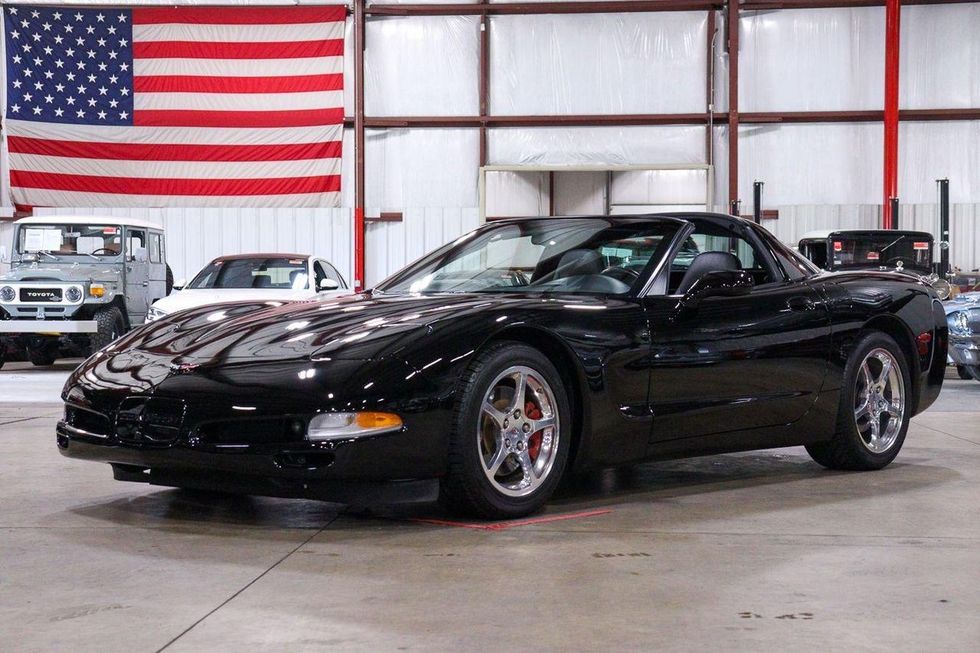
The C5 Corvette, a symbol of American automotive prowess, was the last true post-2000s car to feature pop-up headlights. This 2004 Chevrolet Corvette is equipped with a six-speed manual transmission for the driving enthusiast who craves precise control and exhilarating gear changes. According to the classified ad on Hemmings Marketplace, the odometer shows 72,969 miles on the original engine. Finished in a timeless black hue, this iconic sports car commands attention with its muscular stance and aerodynamic contours, hinting at the thrilling experience awaiting behind the wheel.
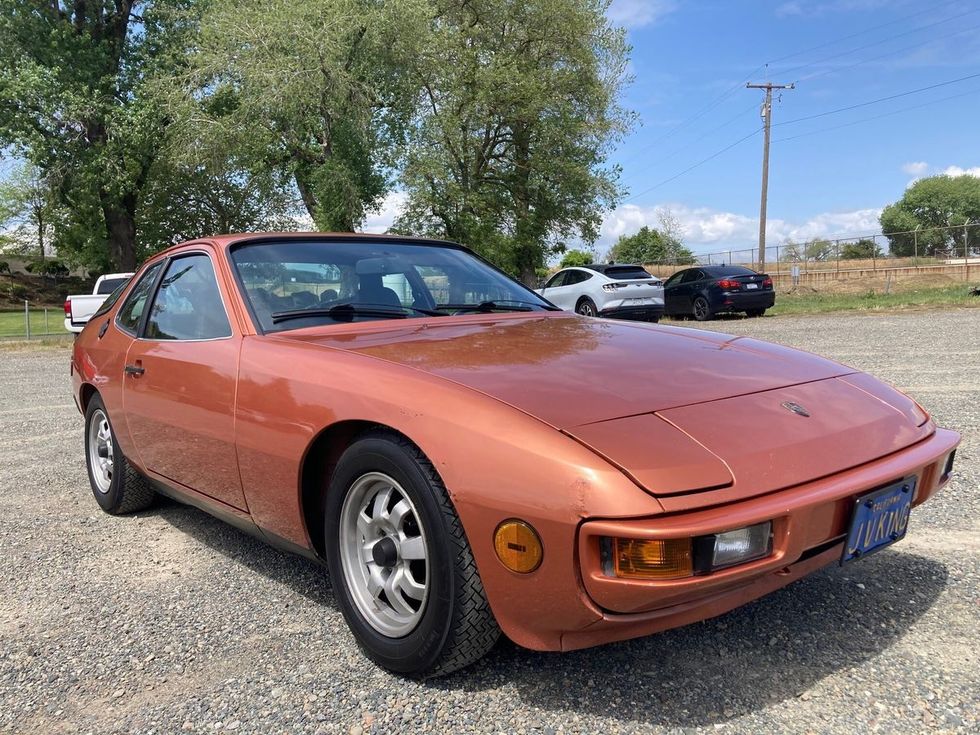
This 1978 Porsche 924 is offered for sale by the California Automobile Museum and is described as “very clean and sharp looking.” Power is supplied by a 2.0-liter inline-four cylinder engine backed by a four-speed manual transmission. A factory sunroof adds to the style and driving enjoyment while an aftermarket audio system provides entertainment for those longer road trips. Here’s your chance to get behind the wheel of an affordable Porsche sports car.
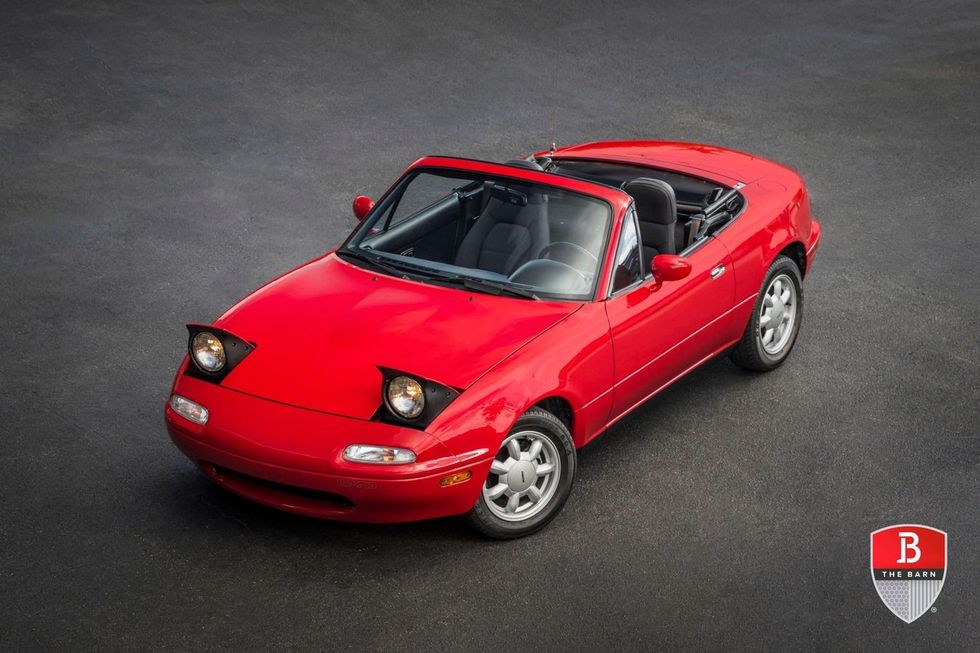
For an affordable sports car with pop-up headlights, a Mazda Miata is the answer, more specifically a first-generation Mazda MX-5, also known as the Mazda MX-5 NA. Introduced in 1989 and produced until 1997, the pop-up light equipped first-generation Mazda Miata quickly became a best-selling roadster, gaining popularity with its timeless aerodynamic design and agile handling. This example, a 1990 Mazda Miata MX-5, is described as a beautiful unmodified, original sports car with a clean history. Power comes from its stock 1.6L DOHC engine paired to a five-speed manual transmission. The sale includes two keys and manufacturer’s literature.

The 1993 Toyota MR2 is a rare gem that embodies the perfect balance between style, performance, and low-mileage preservation. According to the listing, this particular MR2 has a unique history, having spent its life in the sun-soaked state of California, which has contributed to its exceptional condition. Under the hood, you'll find a spirited 2.2-liter four-cylinder engine, renowned for its reliability and efficiency, mated to a five-speed manual transmission. The exterior of this MR2 is a head-turner, boasting a distinctive Turquoise finish that not only captures the spirit of the 1990s but also stands out in any crowd.
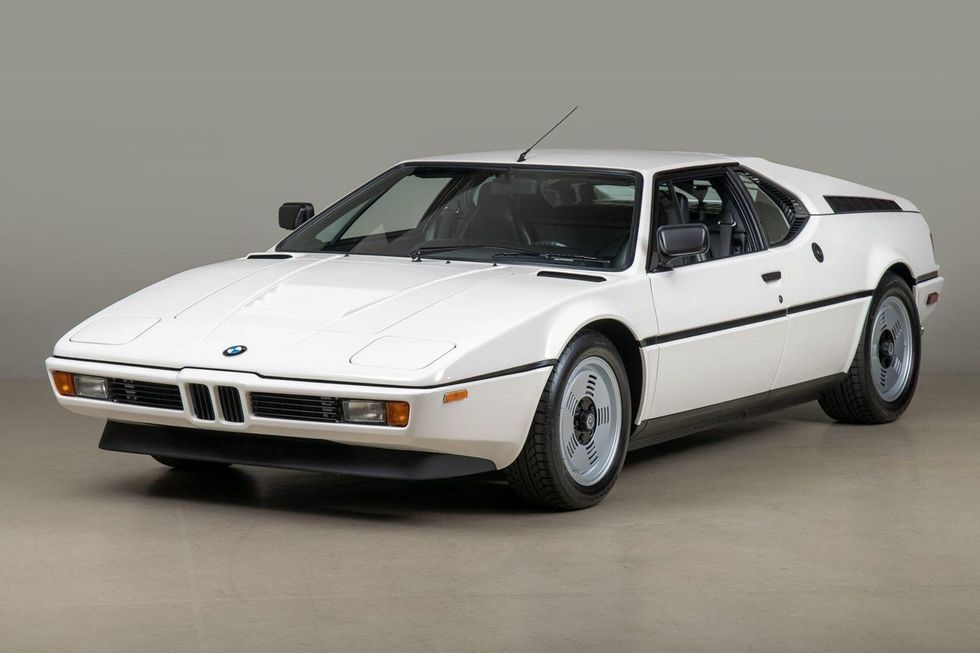
One of BMW’s most iconic sprts cars of all time, the BMW M1, was born from competition, wearing Italian-designed bodywork by Giorgetto Giugiaro and built by German specialty coachbuilder Baur. This rare example is described as being “maintained and preserved to the highest standards.” Over $125,000 was spent to bring this car up to a concours ''preservation-quality'' level. Get the details on Hemmings Marketplace.
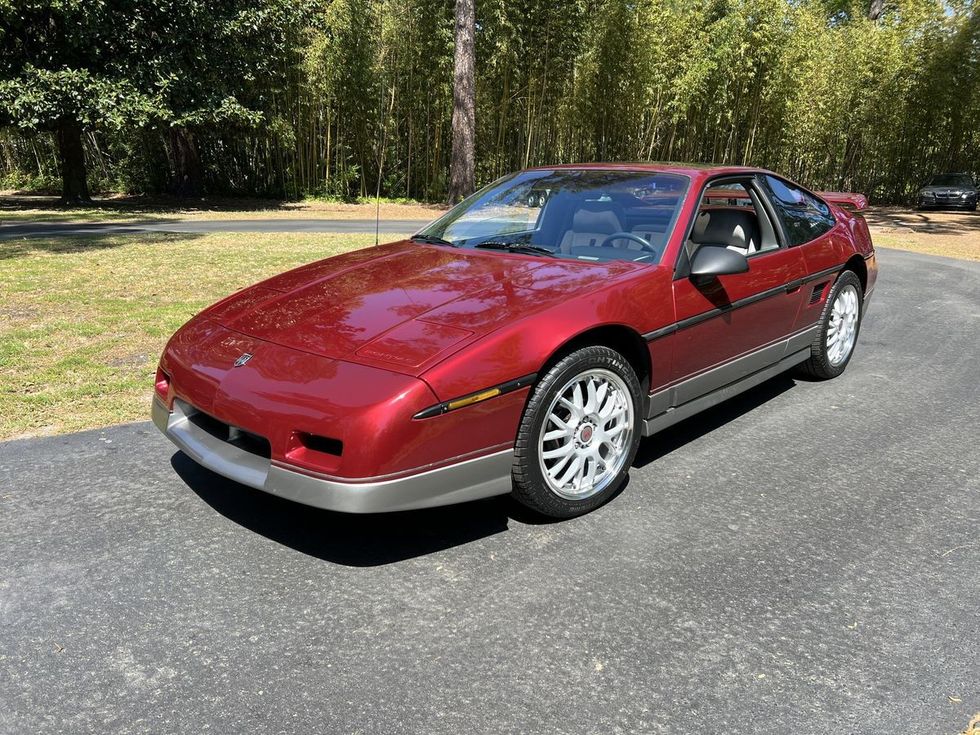
The Pontiac Fiero started life not as a sporty car, but as an urban runabout. Where it lacked horsepower, it was still dressed in a sporty guise with a wedge-shaped front end and pop-up headlights that completed its sleek looks when down and not in use. This example from 1987 is equipped with a factory sunroof and its original 2.8-Liter V6 with 41,000 original miles. It exhales through a performance dual exhaust. According to the classified ad on Hemmings Marketplace, the Fiero has a clean CarFax history, great service records, and comes will all book and manuals and a custom car cover. The seller states that it “runs and looks great.”
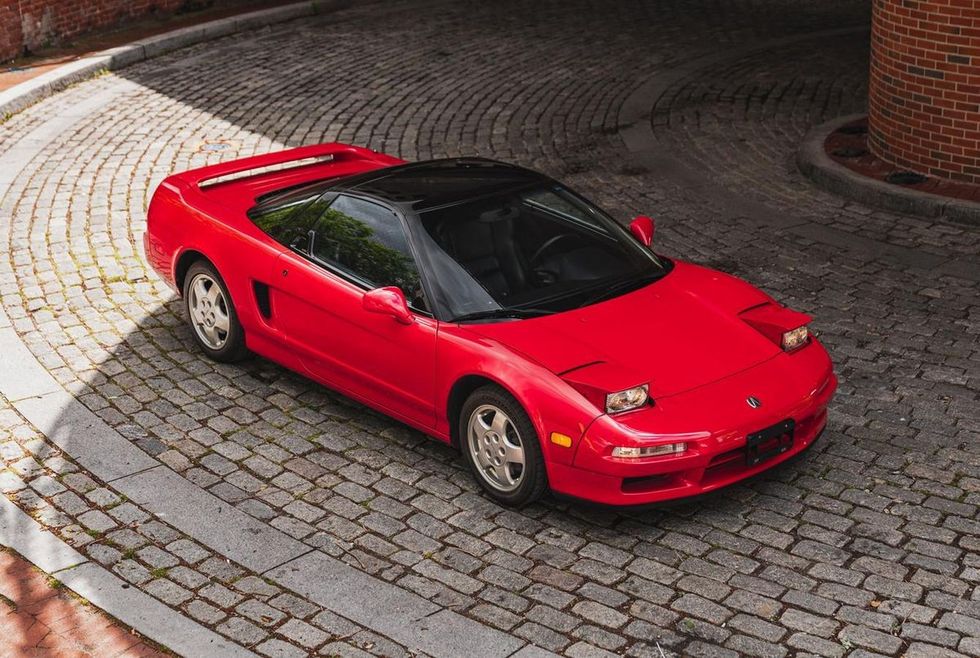
Short for “New” “Sportscar” “eXperimental”, the Acura NSX was an instant sports car marvel upon its release. It was created by Honda to rival the performance of V8-equipped Ferraris and was the first ever mass-produced car to sport an all-aluminum body.
The first generation NSX was produced from 1990 to 2005. This particular example, Chassis # JH4NA1159NT000781, is an early pop-up headlights model equipped with a five-speed manual transmission and the 270 horsepower 3.0-Liter V6. It’s hard to resist the aerodynamics and styling, which was inspired by an F-16 fighter jet cockpit.
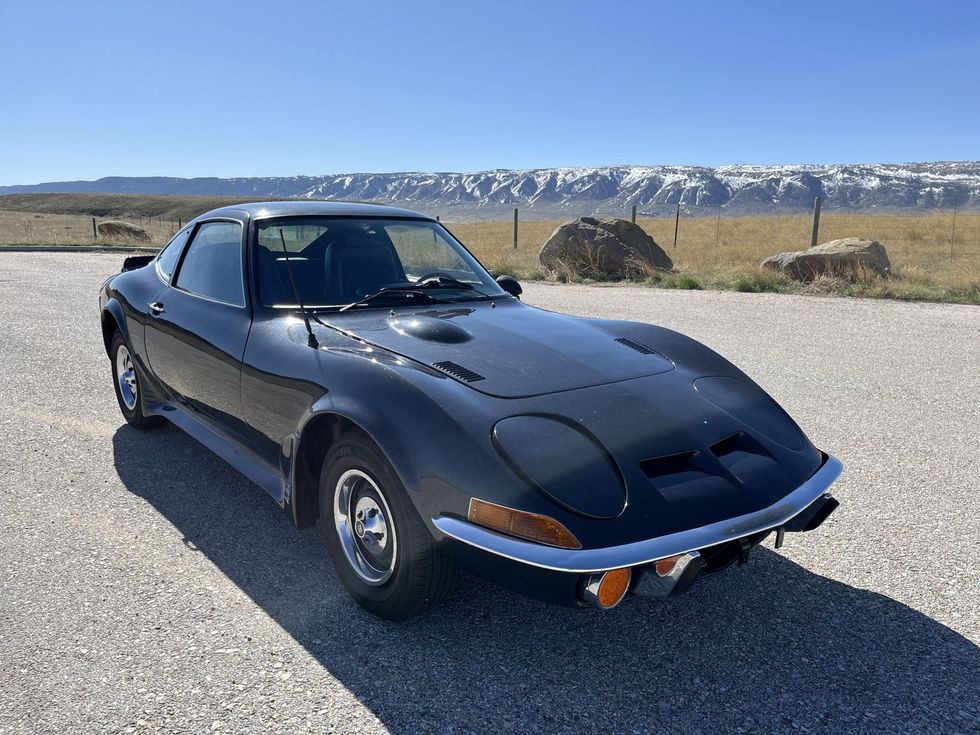
The Opel GT, often referred to as a scaled down Corvette or "European Corvette," is a charming and nimble classic sports car that combined the look and feel of a sports car with more economical pricing. Today, the timeless design has earned the Opel GT a cult following. This example, a 1973 Opel GT, was reportedly stripped to a bare shell and repainted in Oxide Gray Metallic. The seller states that the “engine was professionally rebuilt to a 2.0 at a speed shop” and the car is “ready to be driven and has drawn a lot of attention at car shows.” It took six years to complete the project. Check it out here.
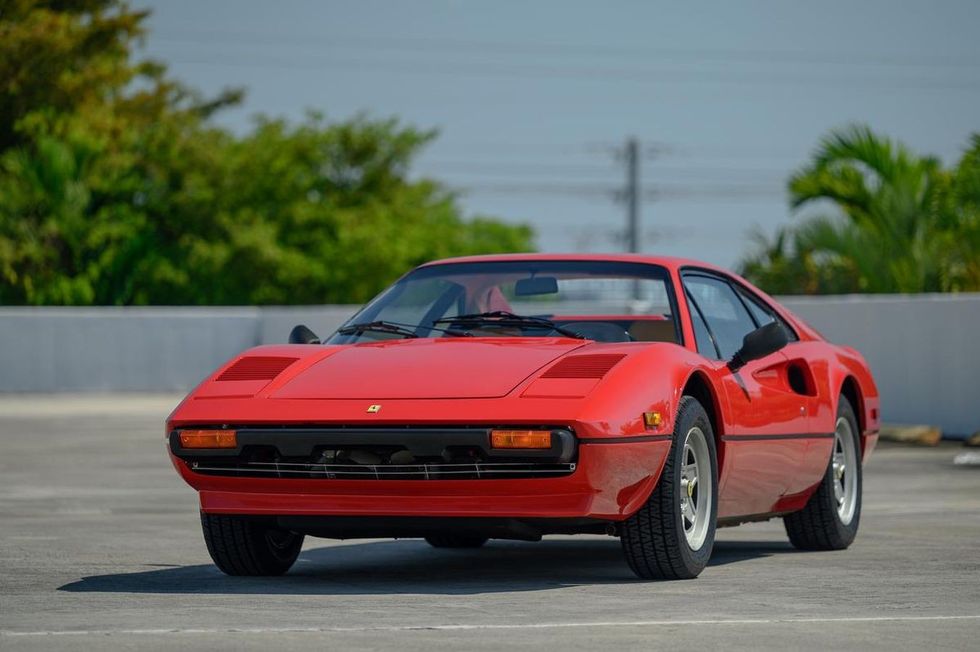
Introduced in 1975, the glamorous 308 GTB, designed by Pininfarina and built by Scaglietti, was the first Ferrari road car with a fiberglass—or “Vetroresina”—body. Only 712 such models were built before production was switched to steel panels, adding over 300 pounds to the car’s curb weight. Tipping the scales at a relatively light 2,315 pounds, the aerodynamic and well-balanced Vetroresina 308s have become an increasingly attractive choice for Ferrari enthusiasts looking for responsive performance and agile road-handling capabilities.
This car is accompanied by a tool roll, an owner’s manual, a service booklet, and a protective leather wallet. This rare, lightweight 308 GTB presents an excellent opportunity to add a spirited prancing horse to your stable.

A predecessor to the Lamborghini Countach and successor of the Lamborghini Murcielago, just 346 Diablo SV models were produced between 1995 and 1999. This example, offered by August Motorcars, is finished in stunning Giallo Evros over Nero SV Leather interior and features the incredible dual roof scoop that gives this Diablo SV a road presence unlike anything else. A must-see for enthusiasts and collectors alike, the seller writes, “this Diablo SV comes to us in beautiful condition with no accidents, has been fully detailed, and passes our stringent 100 point inspection making it August Certified.”
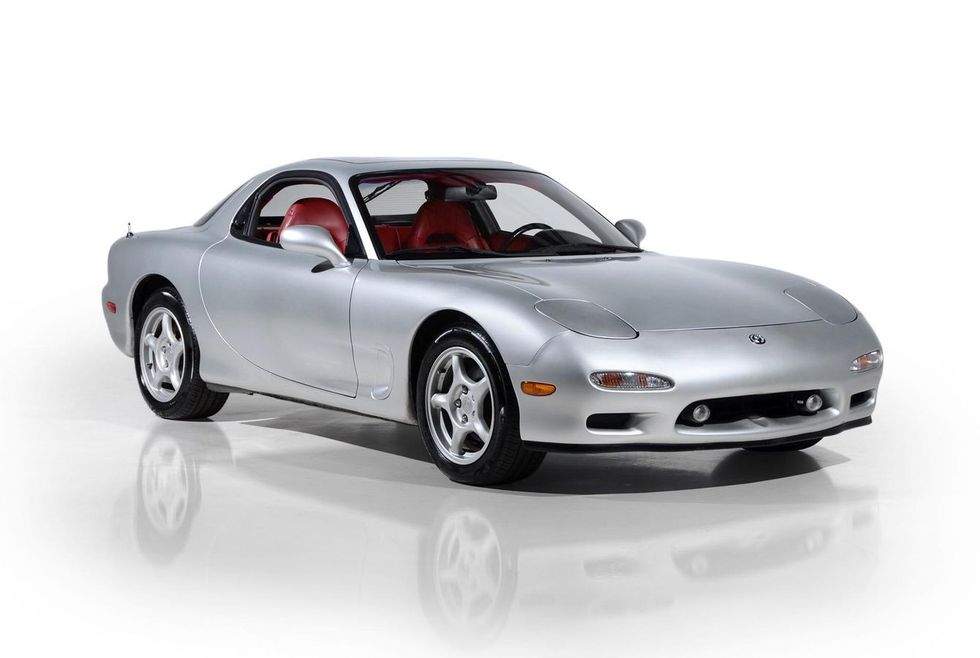
The first generation RX-7 was introduced with retractable headlights, but it was the third generation RX7 model’s pop-up headlights that cemented themselves in pop culture. This 1993 Mazda RX7’s sleek styling is the cherry on top of its sequential twin-turbocharged rotary engine and agile handling. According to the seller, this three-owner RX-7 has been cherished from new and it has covered only 40,259 miles. It is described as “brilliantly original” and an “investment-grade example that you can drive or show with pride.”
Though many regard the small-block Chevy as American as apple pie, it was Ford Motor Company that brought the V-8 engine to the masses with the flat head V-8 in 1932. By the early 1950s, Ford’s cross-down rivals had better-performing over-head valve (OHV) engines, so Ford introduced a clean-sheet V-8 engine design dubbed the Y-block. This engine’s deep skirt block was very robust, but also very heavy. In a few short years, Ford took what they learned with the Y-block and crated a new V-8 engine for the 1962 model year. This “small block” V-8 engine would be produced for the next 40 years.

The modern small-block Ford V-8 debuted in the 1962 Ford Fairlane and Mercury Meteor as the "Challenger V-8". The design would last 40 years.
Photo: Ford Motor Company
Dubbed the “Challenger V-8,” it was centered around a lighter, thin-wall block casting that didn’t extend below the crank centerline. First displacing 221 cubic inches, it debuted in the 1962 Ford Fairlane and Mercury Meteor. In contrast to the new (for the time) Chevy small-block V-8, the Ford Challenger V-8 featured cylinder heads with symmetrical ports and shallower valve angles for better breathing. The distributor was located at the front of the engine for easier access.
The 221 C.I. variant didn’t last long. Ford increased the Challenger V-8’s displacement to 260 cubic inches halfway through the 1962 model year, and again in 1963 to 289 cubic inches. The latter displacement increase spawned a new block to accommodate the bigger bore, and the bell housing changed to accommodate larger clutches and flywheels. This bell housing pattern remained unchanged for the remainder of the small-block Ford’s lifetime.

A "HiPo" 289, topped with a four-barrel carburetor and backed with a four-speed transmission is pictured in front of a 1965 Ford Mustang convertible.
Photo: Ford Motor Company
Regular production small block Ford V-8s are centered around two cylinder blocks: the “289-302” block that features an 8.2-inch deck height, and the “351 Windsor” block with a 9.5-inch deck height. The latter, taller deck block was produced to accommodate a half-inch longer stroke for increased displacement.
Because of its compact size, light weight, and excellent performance potential, Ford’s small-block V-8 engine was called into action (and benefited) from Ford’s “Total Performance” campaign of the late 1960s. Ford’s engineers thought “more air is always better,” so they experimented with all kinds of wild cylinder head configurations. They even slapped a set of still-in-development splayed-valve 351 “Cleveland” cylinder heads on a 302 Windsor block and called it the Boss 302.

To homologate the racing engine for SCCA Trans-Am competition, Ford offered the Boss 302 - a unique four-bolt main "Windsor" short block topped with splayed-valve cylinder heads from the upcoming "Cleveland 4V" engine. The result was an engine that loved to rev... low-end torque be damned.
Photo: Ford Motor Company
Ugh...can we skip this part?

The 302-cu.in. small-block V-8 shuffled along through the 1970s, strangled by crude smog controls and a market that valued fuel economy over performance.
Photo: Ford Motor Company
By 1980, the small-block Ford had hit rock bottom. In a last-ditch effort to meet fuel economy and emissions standards, Ford reduced the bore size and dropped compression. The 255-cu.in. (4.2-liter) V-8 only lasted from 1980-1981. The future of the V-8 was in doubt, and Chevy’s small-block V-8 was essentially the only game in town when it came to building a high-performance engine.

To meet smog and fuel economy standards, Ford reduced the 302's bore and compression, creating a 255-cu.in. small-block V-8. As this 1981 truck brochure brags, "Now V-8 power with six-cylinder type displacement!" Humph.
Photo: Ford Motor Company
Things started to look positive once again with the 1982 Mustang GT. Featuring a lightweight chassis and the return of the “Five-Oh” mill after a two-year hiatus, the reborn GT resurrected the small block Ford V-8 as a viable performance engine across the aftermarket. The popularity of the 1979-1993 Mustang created massive demand for small-block Ford performance parts.

In 1982, Ford brought back the 302, and was clearly proud of it. Things were looking up for the Ford small-block V-8.
Photo: Ford Motor Company

The car that put the small-block Ford onto the modern performance map was the 1987-1993 Ford Mustang. Enthusiasts were quick to notice that the Fox-body was a giant-killer on the streets and at the track.
Photo: Ford Motor Company

With sequential electronic fuel injection, the 1986-1995 "5.0" engine was a compact and potent powerplant.
Bolstered by the demand for Fox Mustang performance, the aftermarket responded with cylinder heads, camshafts, distributors, and rotating assemblies for the 5.0-liter engine. Pretty soon, Ford hot rods and muscle cars had Blue Oval engines back under their hoods. After all, there wasn’t a reason to put a Chevy in your Deuce coupe, as power parts for small-block Fords were finally available!

Responding to the popularity of the 1987-1993 Mustang, aftermarket performance support for the small-block Ford boomed.
Photo: Ford Motor Company
After much of Ford’s production cars moved on to the “modular” V-8 design in the late 1990s, production of the 302-cu.in. small-block ended with the second-generation Ford Explorer. But the engine didn’t die with a whimper, as the GT40P cylinder heads and intake manifold used on the 1996-2001 Explorer’s “5.0L” engine were some of the best-flowing regular-production 302 pieces.

Photo: Ford Motor Company
The small size and robust design of the Ford small block V-8 meant it was pressed into service for countless Ford programs. Here are some of the wild gigs the little Ford V-8 had over its career:
Photo: Ford Motor Company







